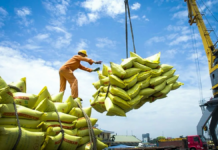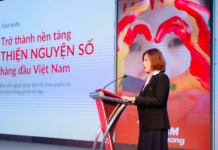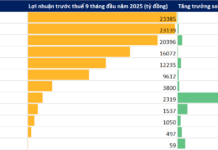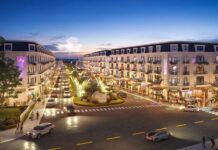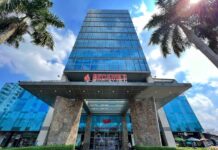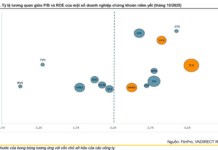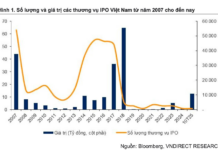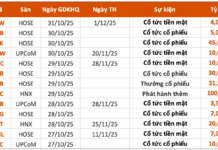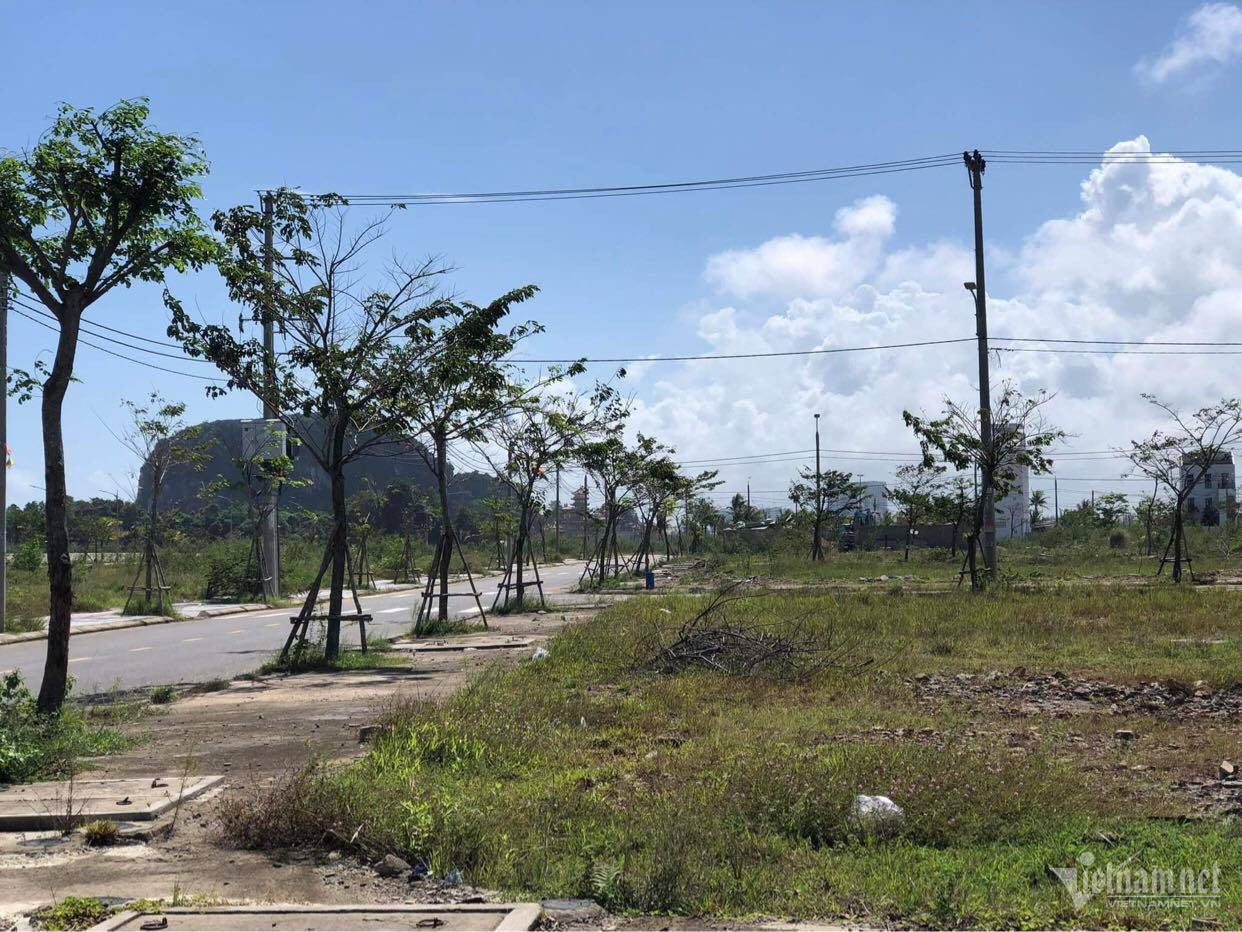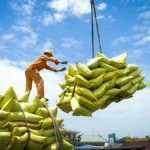Real estate in Da Nang has been attracting attention lately, with reports of “land fever” and claims that investors are making quick profits by buying and selling land within the same day. However, the reality on the ground seems to contradict these claims.
Mr. Thanh Long, a resident of Thanh Khe district, shared his experience: “I’ve been trying to sell my house for two years now, and I’ve had to lower the price by over 300 million VND. But still, there are no buyers.”
A similar situation is faced by Ms. Thanh Ha, an investor from Hanoi. She bought a plot of land in Son Tra district in late 2021 for 7.5 billion VND and is now selling it at a loss of 1 billion VND. However, despite listing it for sale for two years, she has yet to find a buyer.
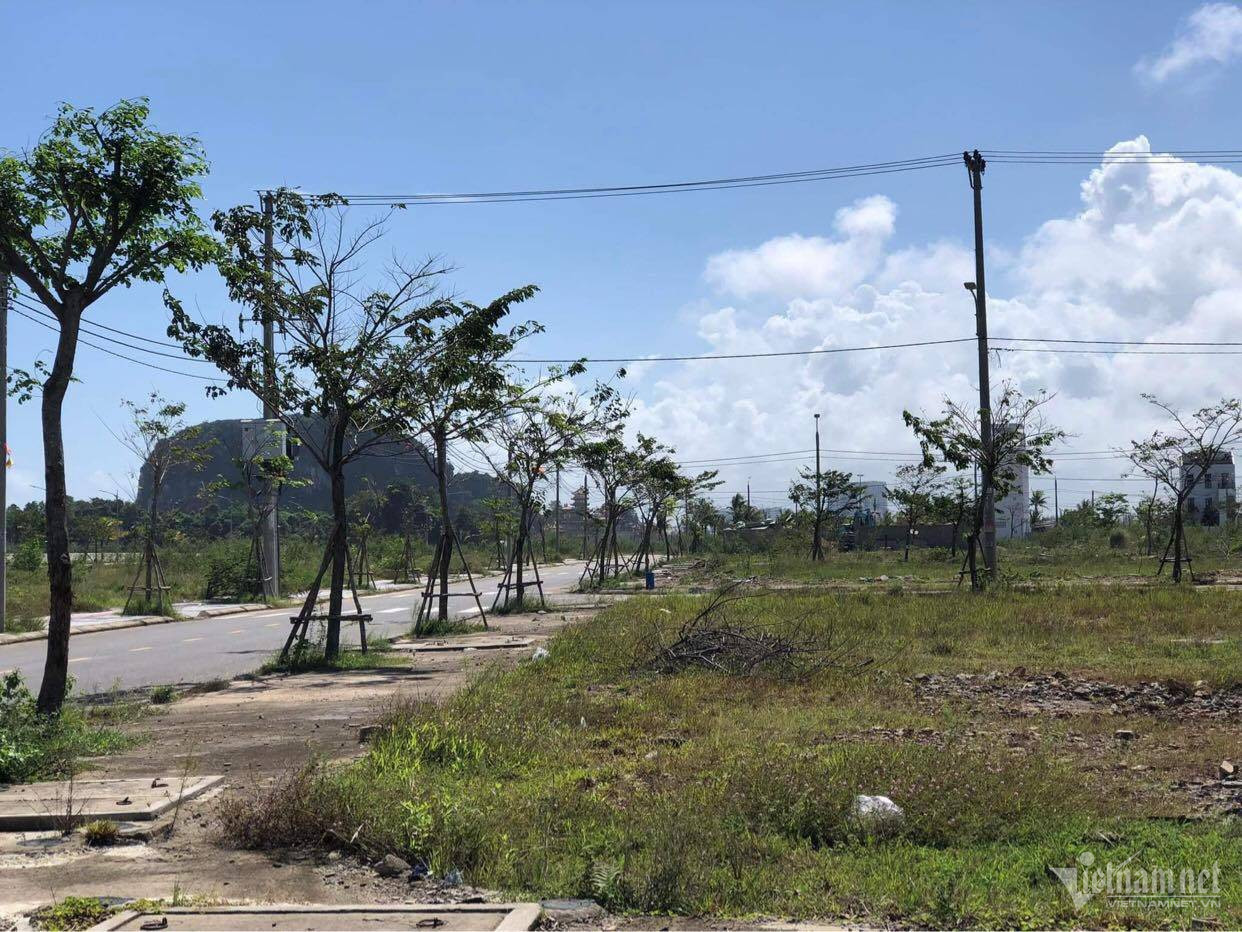
According to real estate agencies, liquidity in Da Nang’s land market has improved compared to before Tet. Photo: Dieu Thuy. |
Explaining the paradox of rising land prices amidst falling prices in other segments, Mr. Nguyen Tan, a veteran real estate broker in Da Nang, said: “As a rule, when there are general economic downturns, the areas with the highest speculation will recover the fastest.”
Mr. Nguyen Van Dau, manager of the Red Dragon real estate brokerage firm, reported that the Da Nang real estate market has shown signs of recovery since the Lunar New Year. For example, land prices in FPT City (Ngu Hanh Son district) have increased by 5-10% compared to before. The lowest price for a plot of land there, which was 2.5 billion VND, has now risen to around 2.7 billion VND.
“Before Tet, liquidity in the land market was very low, but now it has improved. However, prices still need to be reasonable to attract buyers. Only the most desirable plots with the best prices can expect to see an increase of 100-200 million VND,” Mr. Dau said.
According to Mr. Dau, there has been some interest from investors in Hanoi and Da Nang, but it has not reached the level of mass buying as rumored.
“Historically, the Da Nang real estate market sees a period of growth every year from after the Lunar New Year to April 30th. Additionally, factors such as favorable interest rates, the upcoming implementation of the new Land Law, and clearer policies are giving investors confidence,” Mr. Dau said.
Ms. Vu Thi Hoi, Head of Business Development at Minh Minh Group, also noted that the Da Nang real estate market has been relatively active in the past two months, particularly in the land and apartment segments, but it has not reached the level of “feverishness” or “overheating.”
According to Ms. Hoi, land prices have seen a slight increase compared to after the Lunar New Year. Land prices in the Hoa Xuan and Nam Hoa Xuan areas are currently between 3-4 billion VND per plot. Buyers are a mix of investors and those purchasing for personal use.
“Many customers from neighboring provinces come to Da Nang to buy land for their children or as an investment. Transactions have picked up slightly compared to before, but it is not a ‘fever’ or ‘overheating.’ Interest rates are currently relatively low, and increased market demand is leading to buyers making quicker decisions,” said Ms. Hoi. In terms of apartments, sales have been relatively strong, partly due to support policies from developers.
Market Outlook
According to DKRA’s recently released Q1 2024 Da Nang and surrounding areas real estate market report, most of the current supply comes from existing inventory in older projects, and there is a scarcity of new project launches. Overall demand in key segments has increased but remains significantly lower than in the period before 2020.
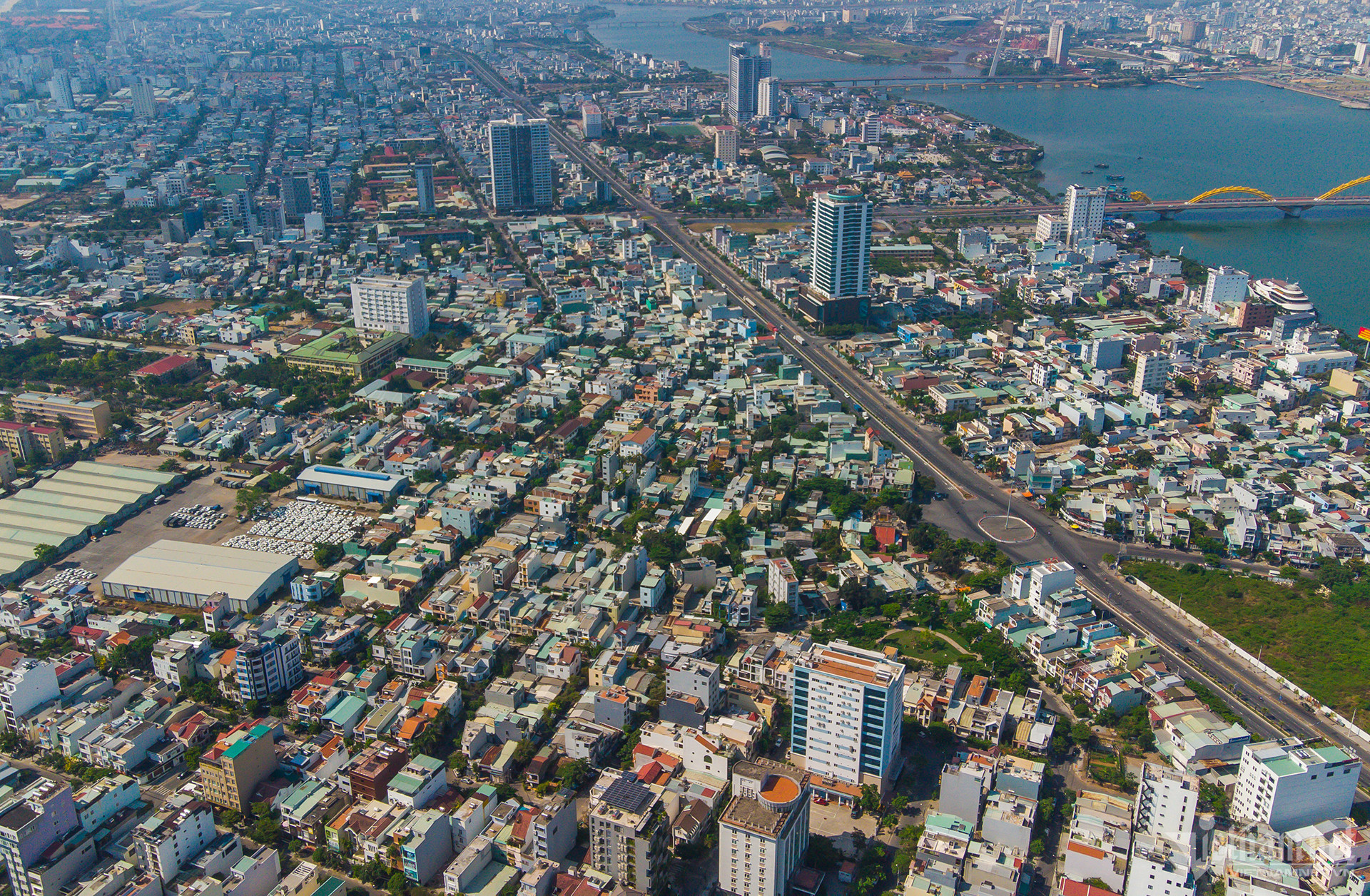
The Da Nang real estate market is expected to see some progress in Q2, but it will vary across segments. Photo: Ho Giap. |
Specifically, the land segment in Da Nang and surrounding areas recorded 9 primary projects with a supply of approximately 820 plots. The absorption rate for primary supply reached 14% (equivalent to 144 plots), an increase of about 30% compared to the end of 2023. Primary prices have not fluctuated much, but the secondary market has seen a slight increase of 2-3% compared to the end of 2023.
The apartment market recorded 14 projects in the sales phase during the past quarter, with a primary supply of approximately 1,334 units, an increase of 33% compared to the same period in 2023. The absorption rate reached about 8% of the primary supply, equivalent to 106 units.
For the townhouse/villa segment, primary supply comes primarily from existing inventory in older projects (96%), while new project launches continue to decline. The absorption rate reached 6%, or about 47 units. Primary sale prices remained stable, while the secondary market saw a decrease of 3-5% compared to the end of the year.
In the resort villa segment, the market is almost illiquid, with no transactions taking place. The townhouse/shophouse segment also saw no new transactions, and prices remained stable with little fluctuation.
Going into Q2, DKRA Group predicts that the market will see some progress, depending on the specific segment.
In the Da Nang and surrounding areas land market segment, supply is expected to increase slightly compared to the previous quarter, ranging from 120-150 plots. Primary prices are likely to remain stable, and developers will continue to implement market stimulus policies to increase liquidity.
In the apartment segment, new supply in Q2 is expected to show a more positive trend with the launch of major projects. Primary sale prices may see a slight increase due to pressure from input costs.
The townhouse/villa segment is expected to continue to face a shortage in supply. Demand may increase compared to the previous quarter, but it is unlikely to be significant, and will be concentrated on projects with complete legal documentation, guaranteed construction progress, and sale prices below 10 billion VND per unit.



